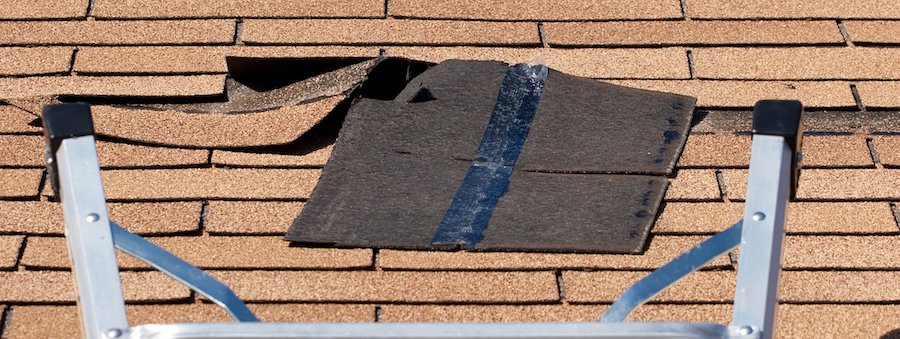Hurricane Harvey slammed into cities near the Gulf Coast. Unlike Hurricane Katrina, officials didn’t evacuate the city of over 6.5 million inhabitants. Rather, they chose to tell people to stay home and hunker down for the storm. However, the protection from this storm was only as good as the shelter or home where a person remained.
Certain building codes are in place to ensure structures are made to withstand a storm. But, when you get up into the four and five hurricane categories, things are unpredictable and destructive. One of the things that determine your home’s safety is your roof. Shingles are known to blow off with extreme wind at any speed. The materials and upkeep, will make a great deal of difference, in whether or not it survives a storm.
Understanding The Saffir-Simpson Hurricane Wind Scale
How did the households in the area stand up to this hurricane? Specifically, how do different hurricane categories affect the roof? The Saffir-Simpson Hurricane Wind Scale can help you to identify if your home is adequately protected. Based on wind speeds, hurricanes are separated into categories. Here are the various wind speeds by category:
Category 1 Storm: 74-95 mph.
Category 2 Storm: 96-110 mph.
Category 3 Storm: 111-129 mph.
Category 4 Storm: 130-156 mph.
Category 5 Storm: 157 and higher mph.
If you want to protect your home against a hurricane, then you should start with the quality of your shingles. First, traditional composite shingles come with a 10-30-year warranty, depending on the manufacturer. Second, they can take wind strengths between 90-120 mph. Concrete tile roofs have a better ability to handle the winds. They can take speeds upwards of 125 mph. They also have warranties that last up to 50 years. The most durable option is a metal roof. Metal roofs are more expensive, but they have warranties that are 40 years and above.
What Can You Do To Prevent Roof Damage in a Hurricane?
Some roof damage is inevitable in a storm. A hurricane is considered to have winds of 74 mph or greater, and it’s going to cause problems. The winds create an uplift effect, which essentially pulls the shingles up and off the home. However, a roof that is properly maintained will have fewer problems sustaining high winds than one that is left to time and chance. First, you need to have your roof examined at least once a year. You can do it yourself or ask a contractor to do it for you.
Walk the perimeter of the roof. Make sure there are no damaged spots that could leave you vulnerable in a storm. The edges should be of the greatest concern as you want to ensure that they are secure. Winds will pick up the loose edges and work its way through to the rest of the shingles. Once the wind finds a place to get into the cracks, it will rip the shingles off by the dozens.
Preparing For The Worst
Hurricanes can cause damage at any level. However, when the storm is at a level 3 with winds that are exceeding 129 miles per hour, even the roof’s gables and decking don’t stand a chance. When winds reach 157 mph, catastrophic damage is inevitable. How safe is your roof?



